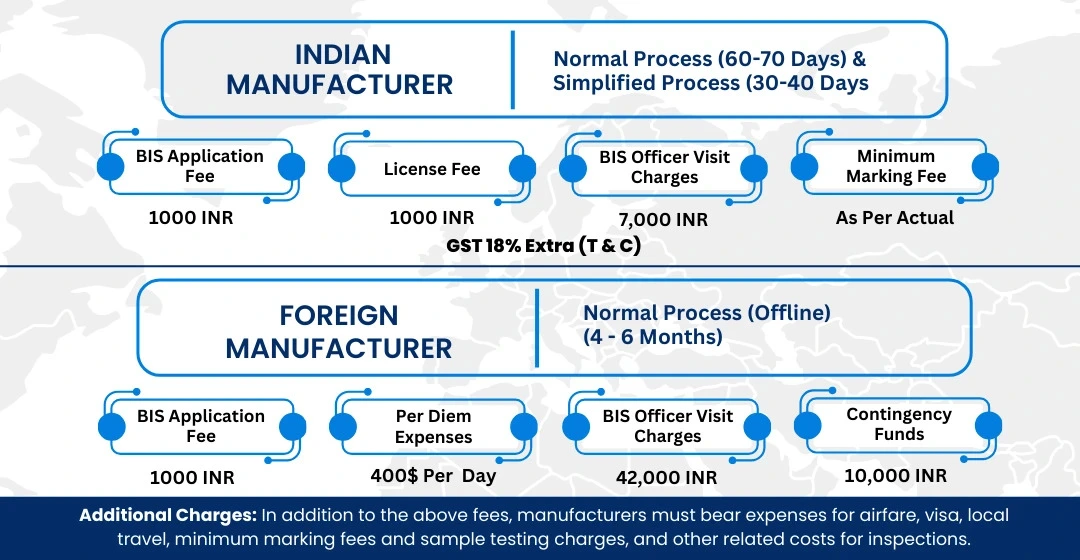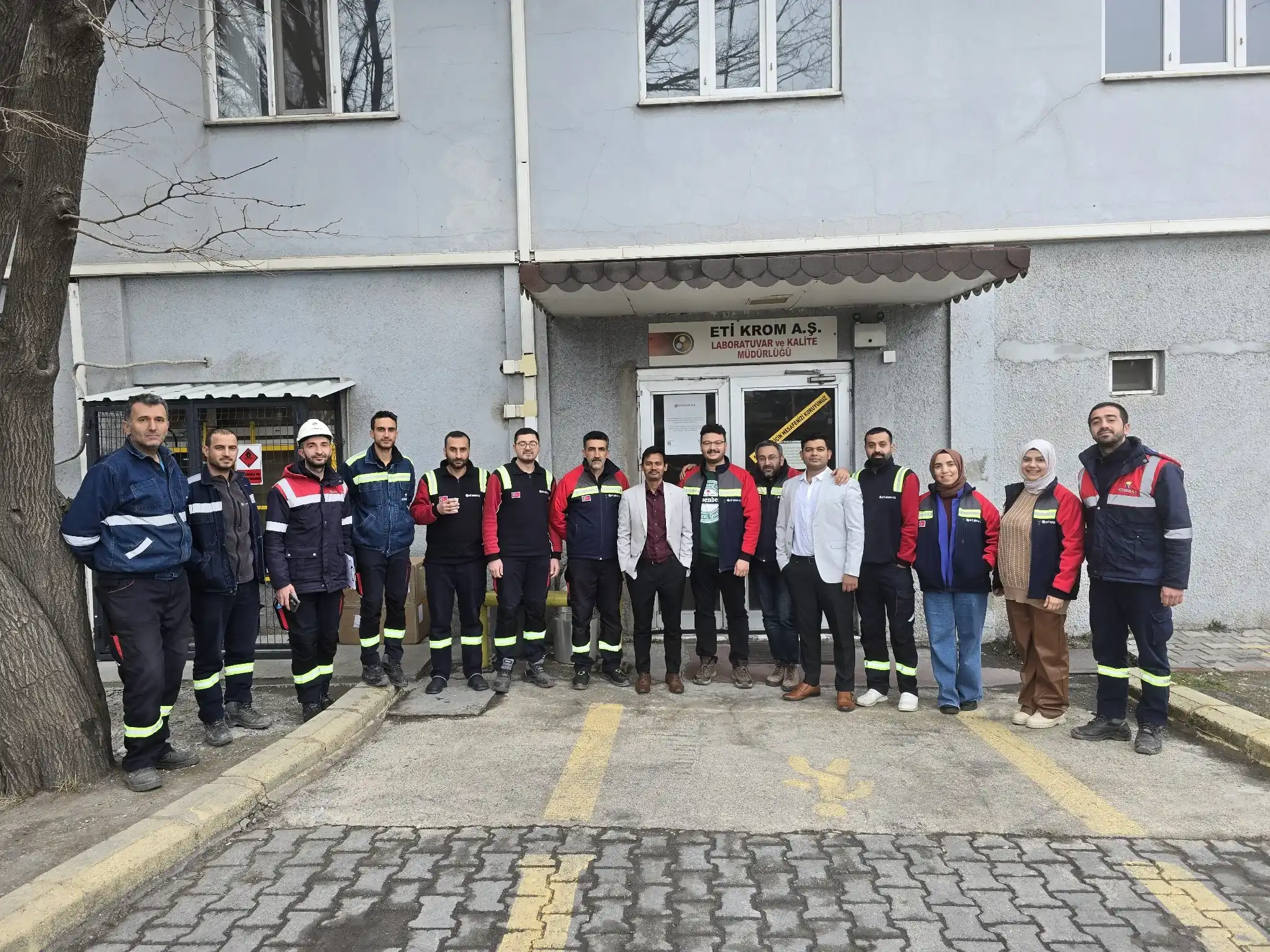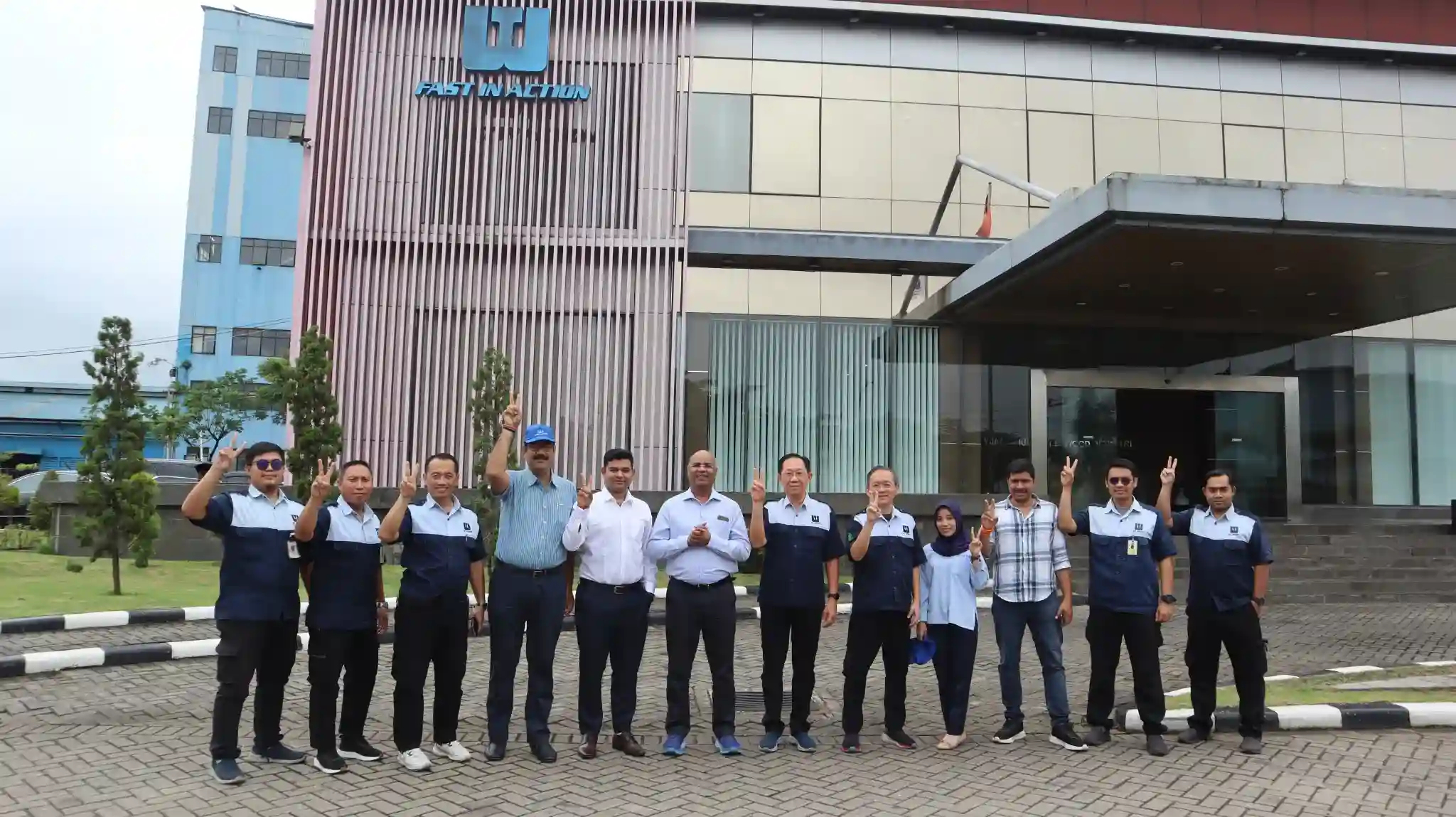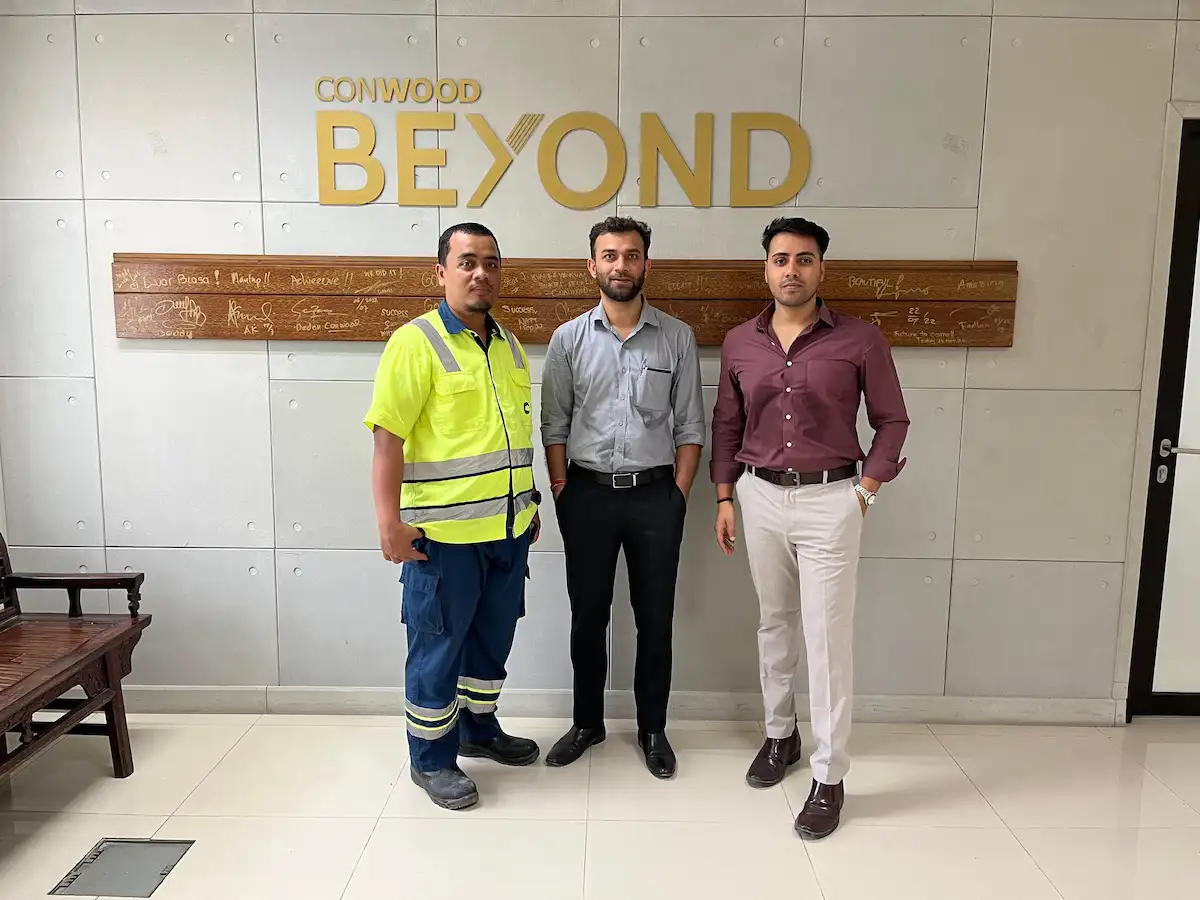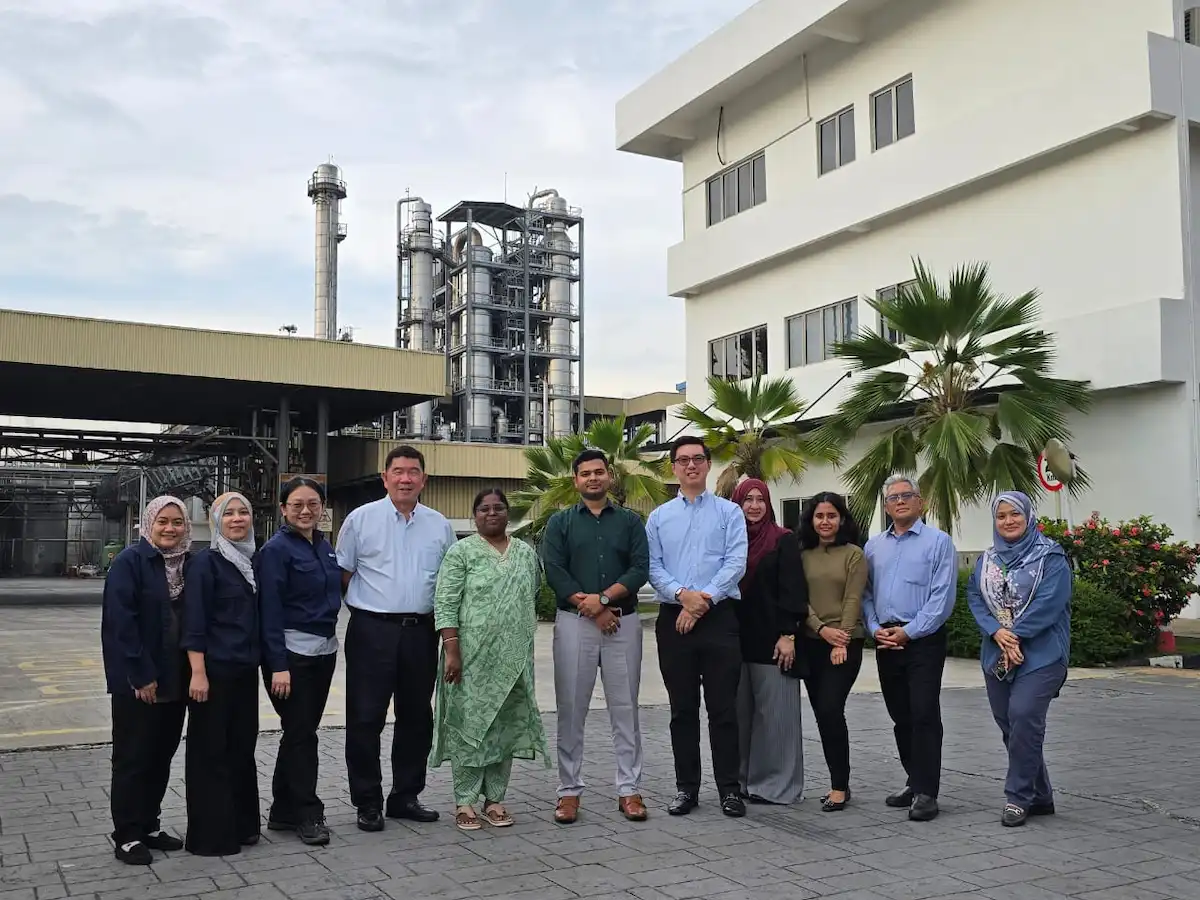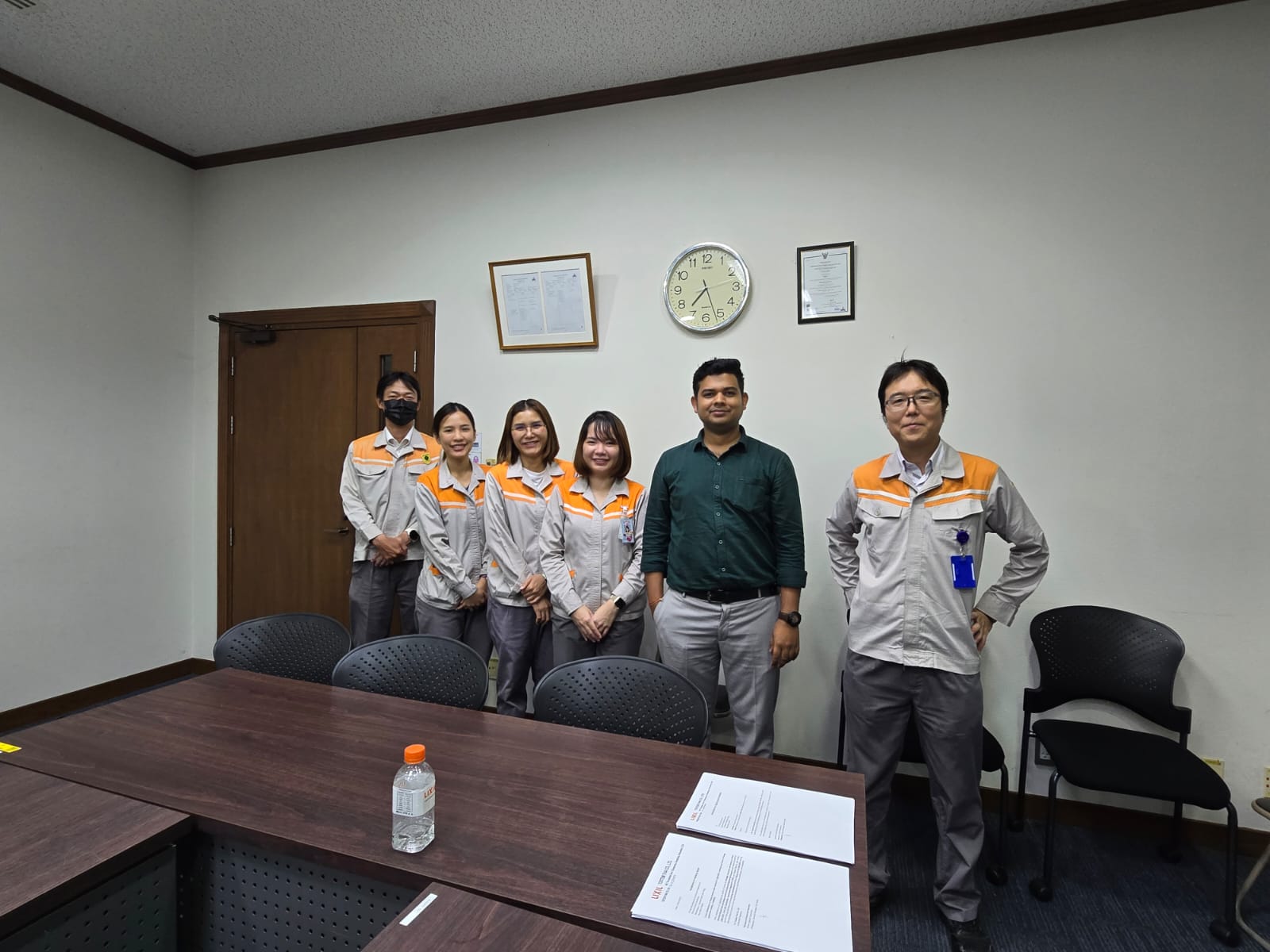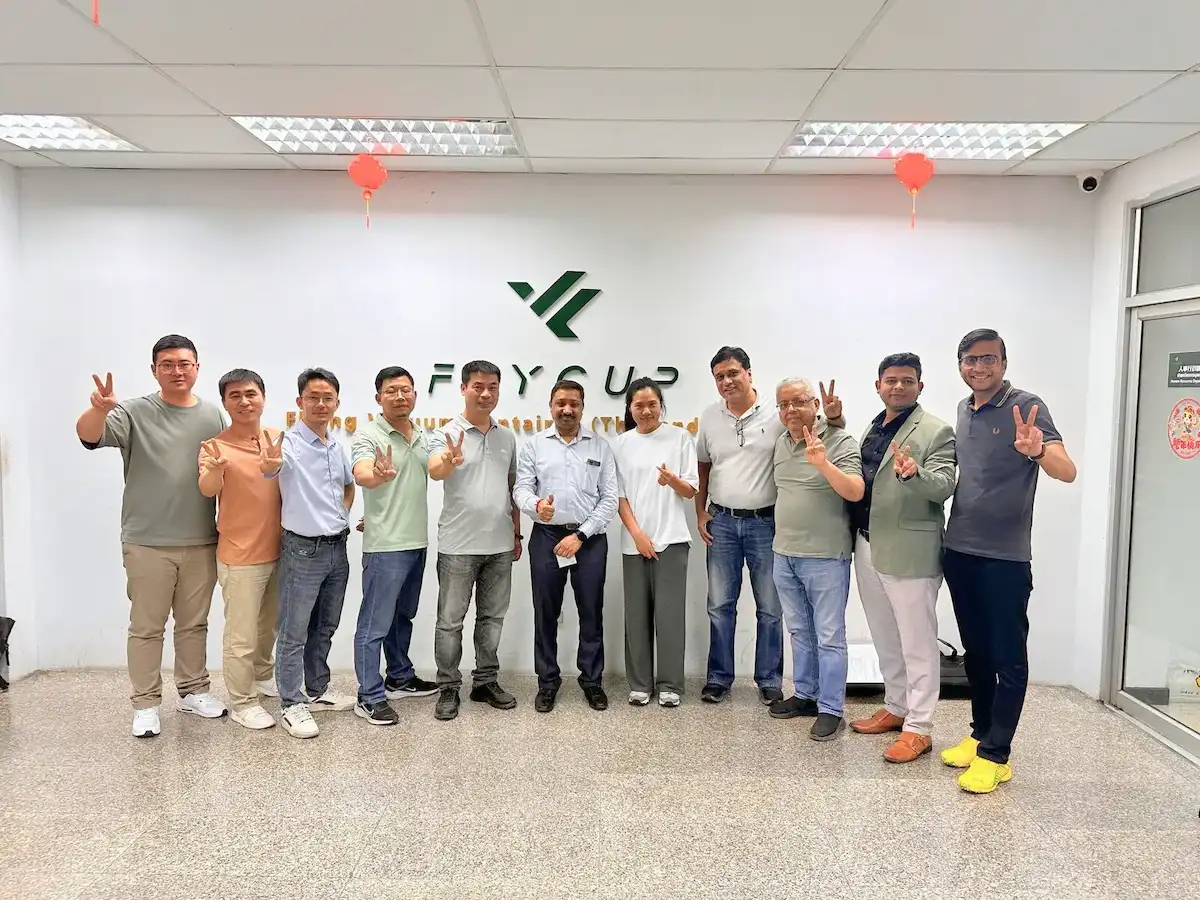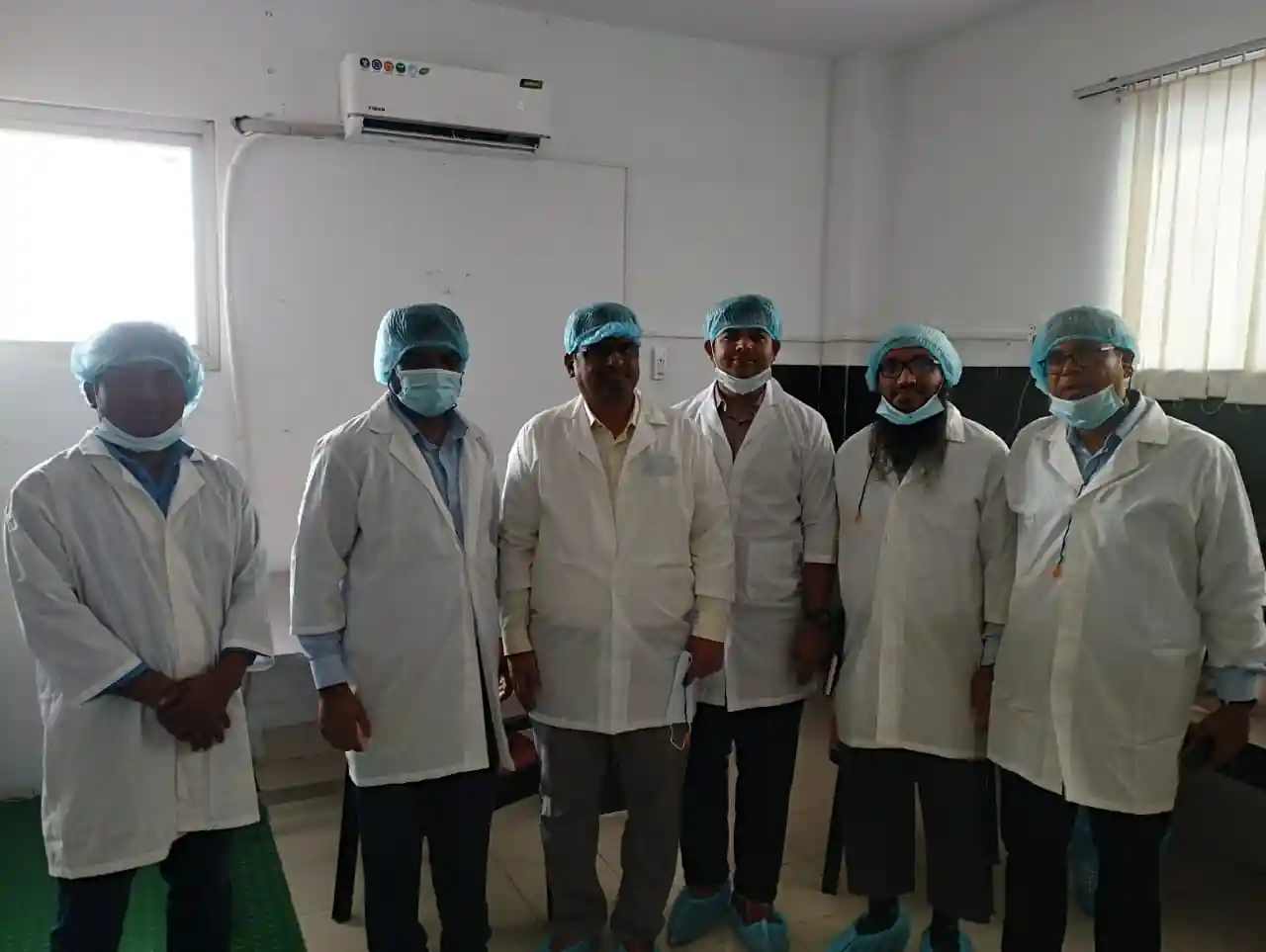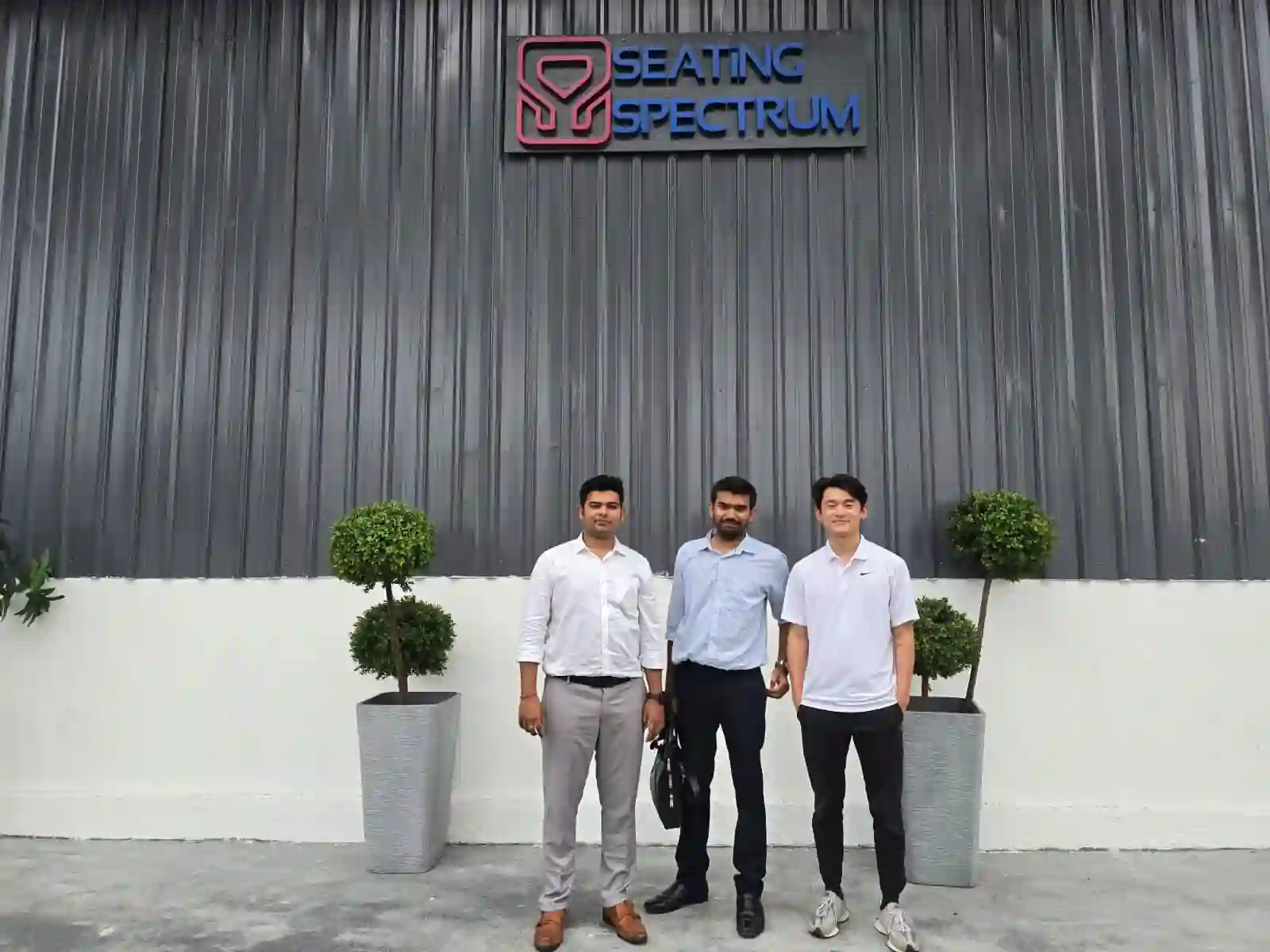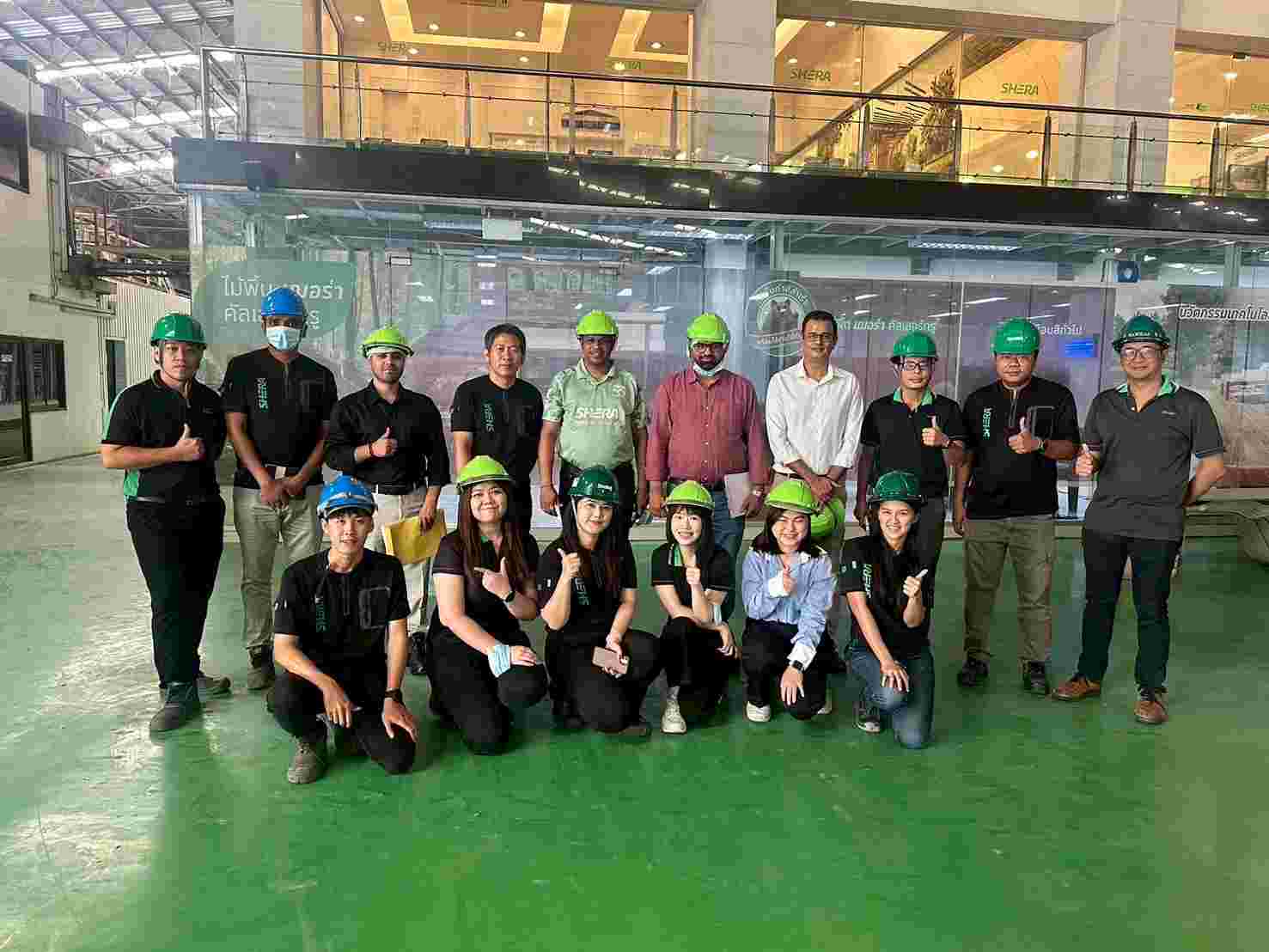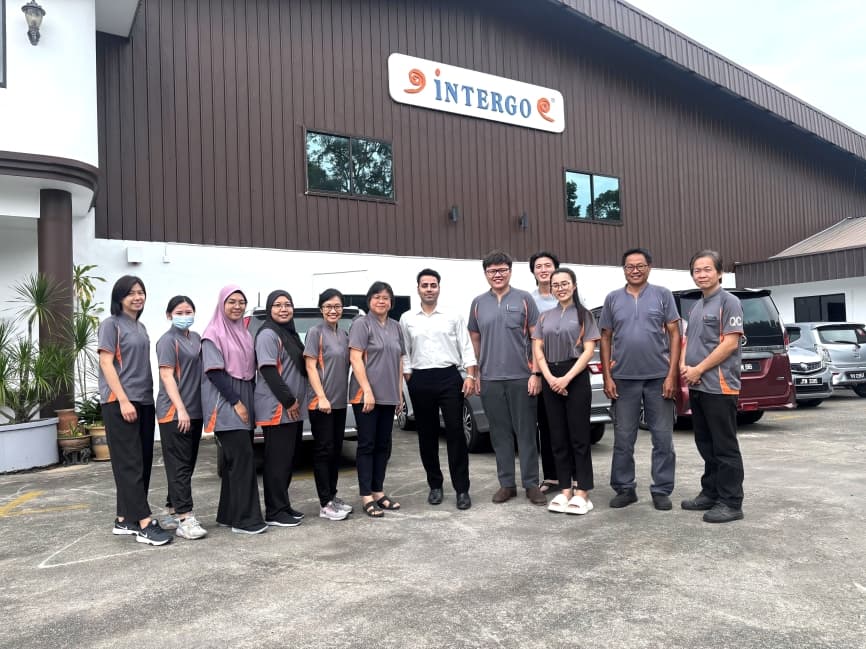BIS Certification for Low-Pressure Regulators for LPG IS 9798:2013
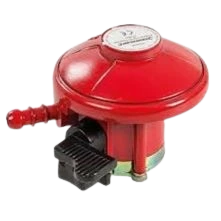
In India, the safe and efficient use of Liquefied Petroleum Gas (LPG) in households relies heavily on a small yet vital component, the low-pressure regulator. Though often overlooked, this device plays a crucial role in ensuring that LPG from domestic cylinders is delivered at a safe, controlled pressure to household appliances like gas stoves and ovens.
Any malfunction in the regulator could
pose significant safety risks, such as gas leaks, fires, or even explosions.
Recognizing its critical role, the Bureau
of Indian Standards (BIS) has mandated compliance with Indian Standard IS 9798:2013 for all low-pressure regulators used
with LPG mixtures.
This certification, symbolized by the ISI mark, assures consumers that the product has been rigorously tested and conforms to India's highest safety and quality standards. For manufacturers and importers, obtaining BIS certification under IS 9798:2013 is not just a mark of compliance—it's a prerequisite for legally marketing and distributing these regulators in the country.
What is a Low-Pressure LPG
Regulator?
A low-pressure
regulator is a pressure-reducing device that connects directly to the valve
of an LPG cylinder. The gas stored in a domestic cylinder is under high
pressure—too high to be safely used by household appliances. The regulator
reduces this pressure to a level that is safe and suitable for cooking
appliances, typically around 28 to 37
mbar (millibar), depending on the regional standard and appliance
requirement.
The regulator also serves as a safety valve, automatically shutting off the gas supply in case of abnormalities like excessive flow due to leakage. In essence, it acts as the first line of defense in preventing LPG-related hazards in domestic environments.
Overview of IS 9798:2013
IS 9798:2013, titled Low Pressure Regulators for Use with
Liquefied Petroleum Gas (LPG) Mixtures, is the Indian Standard that governs
the design, materials, construction, and performance of these regulators. This
standard applies to both single-stage and two-stage regulators used in domestic
applications.
Key highlights of IS 9798:2013
include:
Manufacturers must ensure that each
regulator complies with these stringent norms before applying for BIS
certification.
Performance and Safety
Testing
IS 9798:2013 mandates rigorous testing
of low-pressure regulators to verify their reliability under various
conditions. Some of the key tests include:
Each of these tests is designed to validate the regulator’s ability to perform safely and consistently over its lifecycle.
BIS Certification Process
Obtaining BIS certification for
low-pressure regulators involves a comprehensive
evaluation of both the product and the manufacturing setup. Here’s how the
process generally works:
- Application Submission: Manufacturers submit an application via the BIS online portal with details about the product and production unit.
- Documentation: Required documents include technical specifications, test reports, manufacturing process flow, in-house testing capabilities, and quality control protocols.
- Product Testing: Samples of the regulator are tested in BIS-recognized laboratories against the performance and safety benchmarks specified in IS 9798:2013.
- Factory Inspection: BIS officials conduct an on-site inspection to verify the manufacturing environment, quality assurance systems, and process consistency.
- Grant of License: Upon successful compliance, the manufacturer is granted permission to use the ISI mark on their products.
To Know The Process in Detail, Please Visit:
Under BIS Registration Products ISI and CRS
Documents Required for BIS Certification
To apply for BIS certification, manufacturers need to submit the following documents:
● Application form
● Manufacturing process details
● Quality control plan
● Test reports from BIS-approved laboratories
● Factory layout and equipment details
● Proof of business registration
● Product specifications and technical details
● Declaration of conformity to Indian standards
Additionally, manufacturers may be required to provide proof of compliance with environmental and safety regulations, depending on the specific type of product being certified.
BIS ISI Mark Certification Costing And Timeline
Regulatory Mandate and Market Access
Since IS 9798:2013 is part of the mandatory BIS certification scheme, no
manufacturer or importer can sell low-pressure LPG regulators in the Indian
market without obtaining the ISI mark. Non-compliance can result in regulatory
penalties, product recalls, or legal action.
The certification is not only a requirement for legal sale but also serves as a competitive advantage. Products bearing the ISI mark gain trust among consumers and regulatory authorities, enhancing brand reputation and market reach.
Certification Validity and
Renewal
The BIS certification granted under IS 9798:2013 is typically valid for two years, after which manufacturers must apply for renewal. The renewal process requires demonstration of continued compliance and may include fresh product testing and factory re-inspection. Maintaining up-to-date certification ensures uninterrupted production and sales in the Indian market.
Conclusion
The BIS certification for low-pressure
LPG regulators under IS 9798:2013 is a critical component in India’s commitment
to gas safety. For consumers, it means peace of mind that their cooking gas
system is safe and reliable. For manufacturers, it is both a legal requirement
and a powerful endorsement of product quality.
In a country where millions rely on
LPG daily, BIS certification of regulators is not just a technical compliance
issue—it’s a public safety imperative. Whether you're a domestic manufacturer or
an international brand aiming to enter the Indian market, securing the ISI mark
under this standard is essential for credibility, safety, and business
continuity.
Free Call Back
Latest News & Update
📅 BIS Critical Component List (CCL) Updates for Solar PV Modules
🕒 BIS Fee Concessions for MSMEs and Startups | EVTL India
📅 Guidelines for Implementation of Essential Requirements for Security of CCTV
🕒 Omnibus Technical Regulation (OTR) Amendment Order, 2025
🕒 Extension of Timeline for Filing Annual Returns by Battery Producers
📅 Extension of Timeline for Filing Quarterly and Annual Returns for E-Waste
🕒 Extension of Concurrent Running Period for IS 302-1: 2008 and IS 302 (Part 1): 2024
🕒 BIS Guidelines for Grant of Licence (GoL) | EVTL India
📅 CPCB Guidance on filing of Application, Fees and more
🕒 CPCB Notification on Labelling of Plastic Packaging
📅 Mandatory Compliance for Input Materials of Steel and Steel Products for Imports
🕒 BIS Guidelines for Scheme-X Certification for OTR-Regulated Products
📅 BIS Upgrades Product Certification License Numbers to 10-Digit Series
Why Choose EVTL INDIA
Expertise in Indian Regulatory Standards
End-to-End Support
Trusted by Top Indian & Global Brands
Fast Processing & Transparent Pricing
Strong Liaison with Indian Authorities
Company Profile



